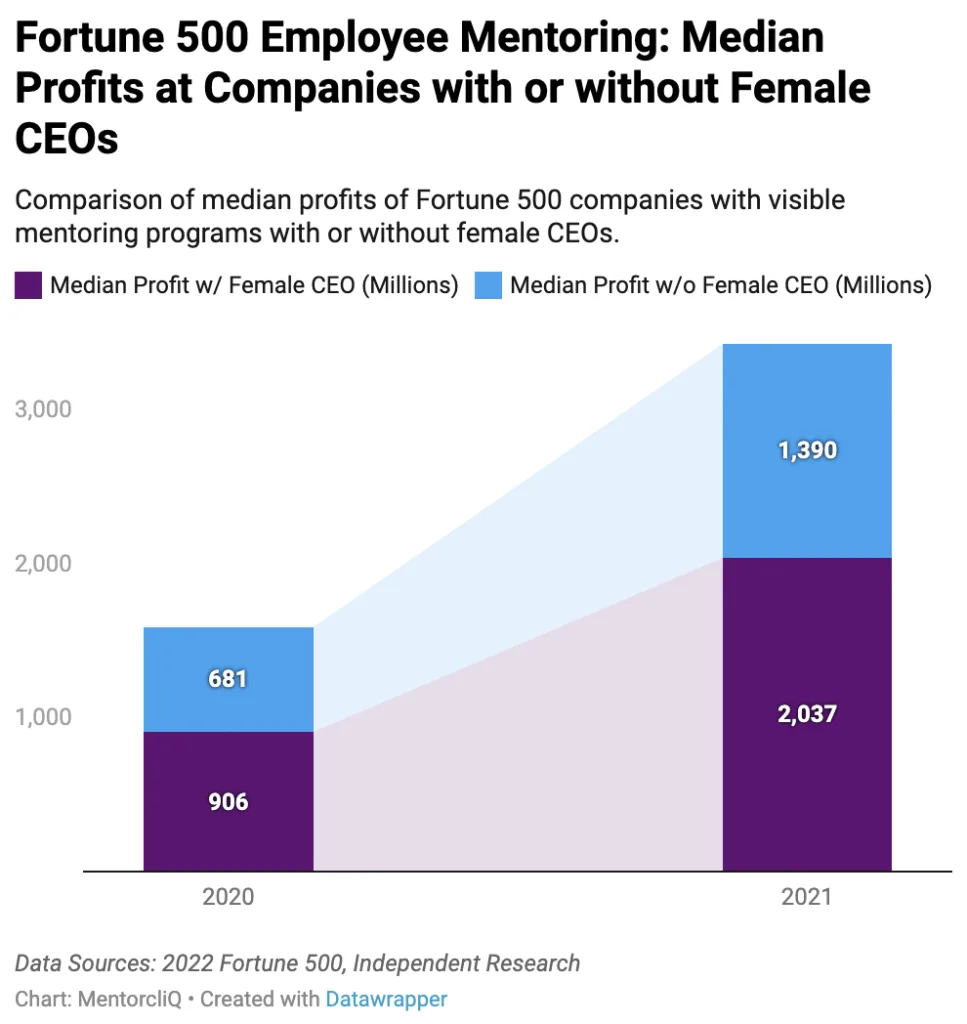Organizations may be tempted to define team culture by how closely employees align with the company’s core values. As with anything related to employee engagement, however, the simple definition never fully captures the complexity of what that looks like, or how your organization can get there in an authentic and cost-effective way.
Companies that invest in improving the culture of their teams see tremendous ROI. That is, however, only true if your organization is putting its spending toward the activities, structures, and programs that matter to your employees. If you want your organization to succeed, fostering a positive company culture needs to include attention to individual team cultures, as well. Without it, you give room for toxic behavior to thrive and you could even lose valuable members of your team.
What Is Team Culture?
Your core values are important drivers are your culture, but they aren’t the end-all, be-all for it. Team culture is defined as any collection of values, practices, beliefs, and attitudes among your team members. When team culture is positively exhibited, everyone on the team is seen as unique and important, while the practices and habits of the team are both explicitly discussed and implicitly adopted and enjoyed by the group. These set of beliefs and values govern your decisions and gives your team a collective purpose.
Long definition short here: When your team culture is good, there’s significant buy-in and mostly everyone’s happy to be on the team.
What’s important to consider here is whether your team’s culture is positive, negative, or neutral.
- Positive team cultures experience significantly less conflict. When there is conflict, it’s addressed quickly and resolved amicably. Positive team cultures are highlighted by the amount of knowledge sharing, teamwork, and positive affirmation that exists among team members.
- Negative team cultures fall distinctly within the term “toxic workplace”. There’s little camaraderie, constant infighting and bickering, a lack of trust among team members, little to no knowledge sharing, and a distinct lack of growth and forward momentum. This is not to say that everyone is unhappy. However, in a negative team culture, there are often distinct imbalances between who is happy and who is not.
- Neutral team cultures are the ones that are often mistaken as “no culture”. In these cultures, the interaction between team members is often purely transactional. Collaboration and teamwork occur out of a duty to get the job done, but team members are not putting in any extra effort to communicate or collaborate beyond the bare minimum. This is essentially what a team might look like if everyone is quiet quitting.
Every team has a culture; the only difference is the type of culture you have. To develop or improve the culture of your teams, you’ll need to assess what your team culture looks like right now. If it aligns more with a neutral or (worse) negative team culture, it’s time to make some changes.
Team culture must be aligned with business objectives
Any changes you make to improve company culture will need to align with key business objectives. Given its nature, team culture is usually aligned with:
That doesn’t always have to be the case. Any objective that your business may consider is likely one where team culture will have an impact. Assuming that that objective involves the work of people, culture will inevitably spill over and influence the success of that objective.

Many of your employees are either quitting or planning to. It’s not your fault (probably). Find out more in our ebook, 3 Reasons Employees Leave, and pick up a few tricks on how to turn off the turnover faucet.
Team culture can be based on leadership styles, work environment, company policies, and shared values. Whatever it is, you need to identify it and focus on developing and nurturing it to help build an identity for your team that gives you a compelling purpose and the ability to form and sustain a high-performance team.
Why Is Team Culture Important?
You need a good team culture to ensure organizational success. Creating a team culture that leads to success won’t happen overnight. However, you can start laying the case to executive leaders with a few spotlights on why culture improvements may be needed.
An effective team culture can impact different areas of your business and teamwork performance. Take a closer look at the different ways that a good team culture can be of benefit to your organization.
Improve employee retention
A growing body of research in the form of studies and surveys point to culture as a significant driver of employee retention. Here are two that speak volumes to this:
- A 2021 Lexington Law survey found 60% of Americans would take a pay cut if it meant landing a job that made them happy. E.g., money isn’t everything to workers; instead, happiness at work is more valued over more dollars. There are some limitations, of course. A 2021 Pew Research study found the Great Resignation was primarily driven by people looking for pay increases.
- That same Pew Research study found that, among the top 10 reasons people quit during the Great Resignation, “felt disrespected at work” was #3, just behind “no opportunities for career advancement.” One could argue that both of these are team culture related, but a feeling of disrespect is much more definitively associated with company or team culture.
Working in an organization with a healthy team culture gives employees a better sense of fulfillment than getting higher pay alone. You need to foster a winning team culture if you want to retain your employees and ensure their commitment.
Boost employee engagement
You cannot separate employee engagement from organizational success. Engaged employees are more productive, and productivity is a key measure of success. Considering engagement is linked to motivation,, how effective your teams are will be completely dependent on how engaged they are.
Consequently, low employee engagement is one of employers’ biggest concerns. It’s why quiet quitting data is so frightening. As it were, when Gallup found that 50% of workers were quiet quitting in 2022, everyone sat up in their seats just a bit higher.
“Engagement” is a scary word. Unless you have mentoring programs, that is. Watch this Mentoring Soundbites video to learn more about 5 employee engagement programs mentoring can solve.
A great team culture fosters mutual trust and helps improve productivity and employee engagement. It can also make employees feel valued and that they are on the same page with their leaders and co-workers.
On the other hand, poor team culture results in the exact opposite. It will lower employee engagement.l They are more likely to experience absenteeism and poor attitudes in the workplace.
Normalize employee growth and development
Organizations that invest in employee development can expect their employees to want to stay with the company. This measure is also a great way to create a winning team culture since you are focused on learning and development.
Pew’s study on reasons for the Great Resignation comes to mind, once again. As noted earlier, “no opportunities for career advancement” was the #2 reason employees quit during a tumultuous year in the economy. An earlier LinkedIn study discovered 94% of employees who get continued development and professional growth are happier and more satisfied.
Upskilling or reskilling employees should become a part of your team’s culture so that you can help your employees attain their career goals. At the same time, it gives them confidence in their quest to deliver high performance at work because they have the guidance and support of their organization, especially the great leaders.
Professional development is vital not only in achieving their goals with the current company but also in opening up new doors and new ideas for them to explore in the future.
Diversity, equity, and inclusion
Diversity, equity, and inclusion (DEI) was once viewed as “nice to have, but not necessary.” A growing body of hard data shows that that’s not the case now, and probably never has been.
McKinsey found that companies with a higher percentage of gender and ethnic diversity in their executive teams are more profitable than those without it. And in an upcoming study on Fortune 500 companies with mentoring programs, MentorcliQ found that companies with female CEOs were 33% more profitable than those without mentoring programs (and companies with female CEOs AND mentoring programs were 41% more profitable than those without female CEOs.

Company leaders must think about how to promote cohesion in their workplace and make inclusion one of their core values as an organization. When workers feel like their whole self is valued, they’re more likely to be productive and happy members of the team. DEI is a distinctly culture-based function of an organization that shouldn’t be left to hopes and dreams.
DEI can become established organically if you hire individuals who strongly believe in DEI as a value proposition, but it’s very easy for DEI to never take hold when your organization fails to provide the space and structure needed to make it grow.
Defining shared motivations
The best way to create a high-performing team culture is to identify your shared motivations. When teams have shared motivations, they’re more likely to be aligned on team goals and the processes needed to take place to achieve those goals.
If a group of five people worked together toward the same goal, they would be able to achieve their goal faster and in a more efficient manner. But if these five people have individual pursuits of what outcome they want to achieve, you won’t get a satisfactory result. A strong team culture is a prerequisite to productivity and performance. Desired outcomes are more difficult to obtain when teams are not aligned.
What Are the Elements of a Good Team Culture?
There are various elements to a healthy team culture. Think about your organization as a whole or through the lense of various teams within it that need culture improvements. Can you see these elements within those teams? Where are they lacking? Your goal should be to get as close to these elements as possible.

- Clearly defined goals and purpose
- Team(s) aligned with company values and vision
- Clear and identifiable room for professional growth
- Notable flexibility in decision making
- Well-being is regularly promoted and demonstrated
- Supportive policies in place and regularly exercised when needed
- Transparent and open communication
- Thoughtful feedback system
- Numerous opportunities for collaboration
You may even want to make this list a rough checklist for yourself, and go team by team. Do the teams in your organization get most of these checked off, or few, or none at all?
How to Develop a Strong Team Culture
To create a stronger team culture, start by thinking broadly. Consider the changes you can make in your organization that will impact and improve the culture for everyone, collectively. And by everyone, we mean new hires, tenured associates, leaders, and senior managers.
Building a culture from the top down ensures that it gets support from everyone. It also means you can improve the aspects of your organization that are more likely to switch the experiences of the most number of people from negative to positive.
Does offering better perks help? Certainly.
Some of the most in-demand job perks are also among the most expected. If you add employee mentoring programs, ERGs, remote work flexibility, lower-cost family insurance, more generous retirement plan matching, and self-care or mental health days, you’re sure to send the right message to employees that their life outside of work matters to you.
That’s only the beginning, however. Building a strong and positive team culture is about sustaining what you provide as much as it is providing it. That means taking away perks employees have come to rely on can be a dangerous game. And often, the better alternative to removing these structures is to instead re-imagine them in ways that ensure they’re still giving you a net positive ROI.
Here are the steps to developing a good culture in your organization.
Clearly define your desired team values

Team culture doesn’t need to be left to chance. You have full control over what type of company culture you want to cultivate and represent within your organization. This culture is what you and your employees should embody.
Do you want to promote a culture of innovation? A culture of learning? A culture of wellness? A culture of service? (Or all of them, if you’re feeling ambitious.)
Pick out a culture that best represents the shared values and best interests of your team. This will give you a better understanding of how that team culture aligns with your brand and the perception of your customers and partners.
Seek inspiration from others
What do the companies you look up to exhibit in terms of company culture? It’s important to look at other companies, whether in the same industry or not, and how it makes them stand out from the competition.
The Fortune 500 is a common go-to for comparisons, as these companies represent the best strategies for generating large revenues and profits.
For example, we’ve found that 92% of the US companies on the 2022 Fortune 500 list have mentoring programs. (That’s up from 70% in 2007, and 84% in 2020!)
If you’re developing a short list of strategies to improve team culture, it’s clear that mentoring should be on it
Now, look at your company. Focus on the shared understanding among your employees and team members. What type of culture do you wish to embed as part of your collective behaviors? Does the company’s values align with your brand?
You can also look at their company taglines, such as “delivering superior customer service” or “being at the forefront of innovation.”
Encourage everyone to be team players
A key component of a strong team culture is teamwork. If your team works cohesively and as a unit, you will become more successful. You will also succeed in instilling your company’s values in everyone on your team.
This is why it is important to look within your teams first when fostering team cultures so it is easier for your team to adopt. A great culture should also be aligned with the personal values and best interests of every individual team member.
A critical aspect of developing a strong team culture begins with the talent acquisition process. If you want to build a culture of innovation, you should seek professionals who consider team culture and cooperation as important to their own success.
Be a good example of team culture

The adoption of a good culture in your company is imperative for leaders. As a leader, you should set an example for others within your organization. We could throw out some generic quotes here, like “be the change you want to see” (which, by the way, Gandhi never said), but you get the idea. Modeling is a proven way to influence how others will act.
It might require a culture shift but the process and effort it takes to achieve that is worth the investment. Leaders must also provide constructive feedback and direction to the group members when modeling doesn’t lead to an immediate change in the team or company culture.
(Hint: It won’t. Ever.)
Great company culture does not happen overnight. It requires consistent effort from everyone to adopt a great culture.
Provide your team with tools
Even if you have personality powerhouses that inspire change, various tools will streamline culture building at your organization. For example, if your organization is mostly remote or using a hybrid remote model, mentoring software will play a critical role in successfully building programs, pairing participants, and gathering success data.
Retool your approach to team culture with mentoring software. Build programs. Automate matching. Get big data to prove culture matters. Book a demo to learn more.
It is important to evaluate the performance of these tools for developing your team culture to ensure success. Make sure you provide adequate support and training to your employees for the use of these tools so you can maximize their impact on the group.
Continue to seek employee feedback
One of the best ways to ensure that you have succeeded in implementing your team cultures and policies is to seek feedback directly from employees. These are the people who are in the best position to assess if your team culture and values are fulfilling your goals.
You should also solicit insights from your employees on how you can make improvements to your team culture, such as leadership styles and other ideas that would benefit your business.
Tips to Measure Team Culture Success
Measuring the results of your effort to build a strong team culture is important. Without measuring the results, you won’t be able to tell if you have a solid team culture or if you need a culture change.
One of the best ways to measure team culture performance is to provide questionnaires to your employees. The questionnaire should include questions that would give insight into the different aspects involved in creating successful team cultures, regardless of your industry.
- How committed are your employees to what you are trying to achieve?
- What do your employees think of the leadership style? Is it effective or not?
- How willing are your employees to do their part in contributing to your team culture?
Aside from surveys and questionnaires, there are other ways that you can look at metrics that would tell you that you have a great team culture.
Start by identifying your key performance indicators (KPIs) so you can look back on them from time to time to determine if your workplace culture is effective. Make sure any culture-building change you make is measurable against those KPIs. Use that data to scale your approach, refine it, or scrap it for a different idea.
Overall, think positively. A positive culture doesn’t happen in a day. The longer you work at it and the more thoughtful and data-driven your approach, the more likely you are to succeed.
Next up on your reading list: Knowledge Sharing Culture: How to Foster It and Why It’s Important




